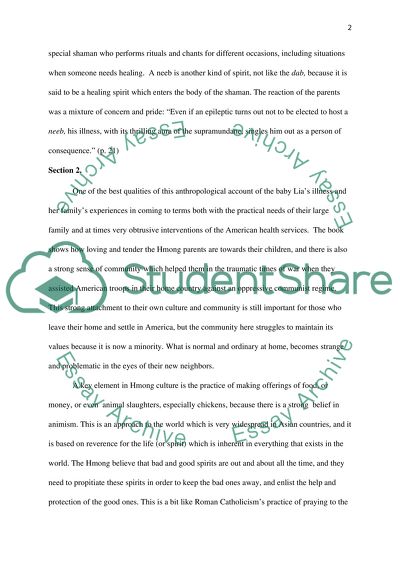Cite this document
(“The importance of cultural awareness and communication Book Report/Review”, n.d.)
Retrieved from https://studentshare.org/social-science/1416003-the-importance-of-cultural-awareness-and-communication
Retrieved from https://studentshare.org/social-science/1416003-the-importance-of-cultural-awareness-and-communication
(The Importance of Cultural Awareness and Communication Book Report/Review)
https://studentshare.org/social-science/1416003-the-importance-of-cultural-awareness-and-communication.
https://studentshare.org/social-science/1416003-the-importance-of-cultural-awareness-and-communication.
“The Importance of Cultural Awareness and Communication Book Report/Review”, n.d. https://studentshare.org/social-science/1416003-the-importance-of-cultural-awareness-and-communication.


